The project attempts to integrate the homogenous structure of public housing with the urban fabric by blurring out the boundary between public and private. It uses the example of Seoul as the architectural paradigm for a contemporary Asian city. The program of the project relates to a unique building typology in Korea called “Keunseng” (community building), which consists of retail spaces, after school classes, and various “Bangs” (rooms). Both are unique to Korean culture. Since there is limited space for leisure activities inside the apartment, different kinds of Bangs emerge to provide space for leisure and entertainment.
The design involves three ways in which Bangs are assembled. Each of them directly engages with a particular condition and at the same time, draws people into the in-between plaza where the most intensive interaction take place. Each building transforms its internal programs into a public plaza, activating interaction within the community. The diversity of Keunseng is therefore disassembled and reorganized into a larger context. It is deployed as an instrument for connecting the residential unit to the street, landscape and adjacent buildings.
By triggering the latent network between homogeneous apartment buildings the project rethinks the concept of urban habitation and reestablishes the sense of community. The bathing Bang penetrates through the apartment tower, creating a unique space where residents and bathing customer and interact. The street interface transform the typical Karaoke room into different typologies from typical room into loft space, to auditorium and final an outdoor performance space.

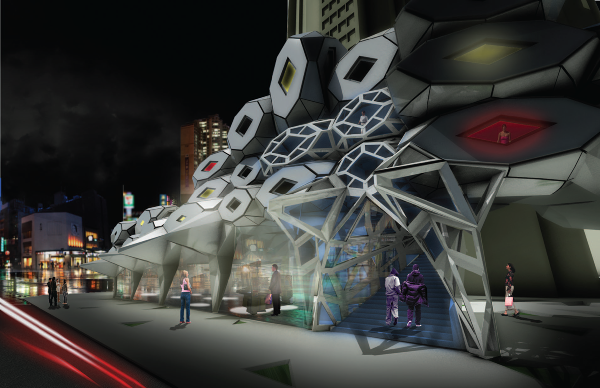
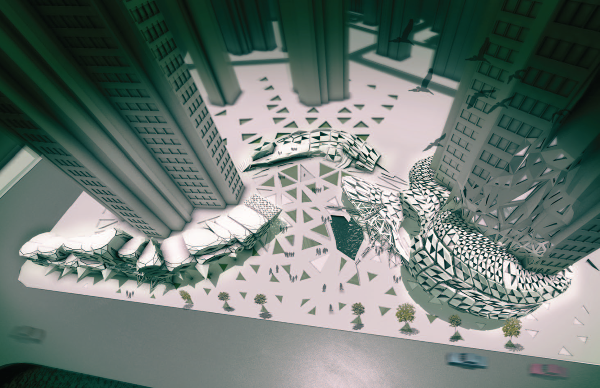
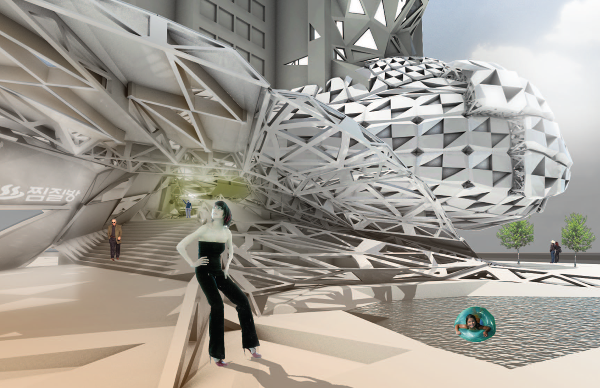
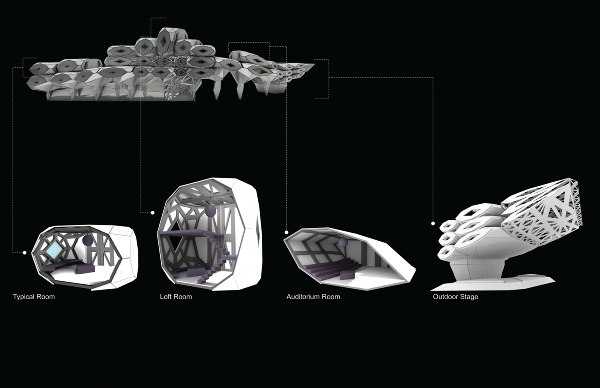
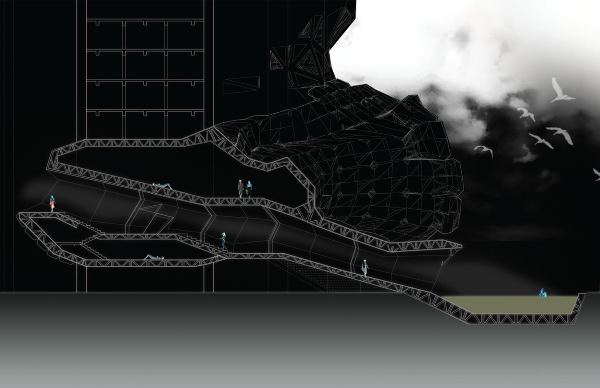
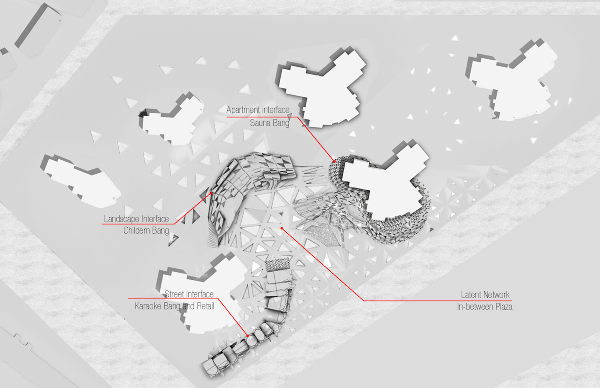
No comments:
Post a Comment